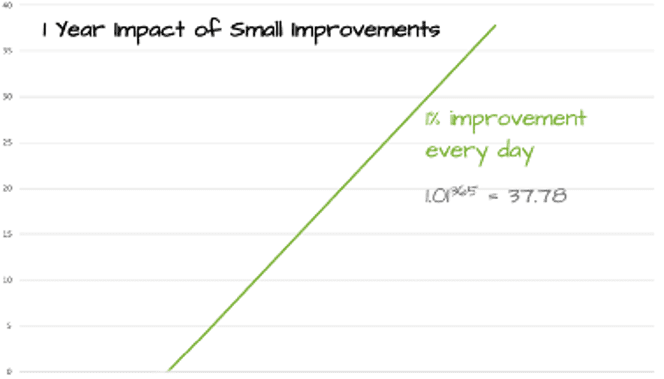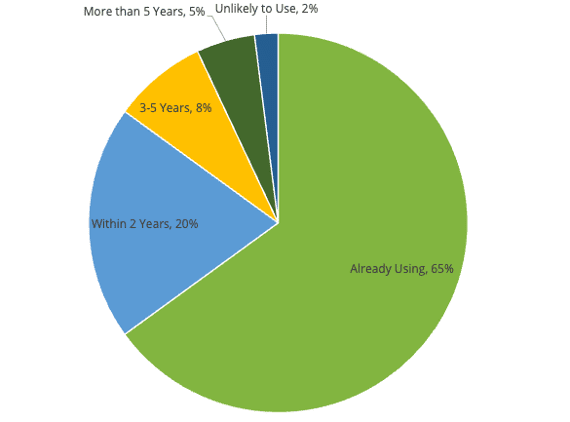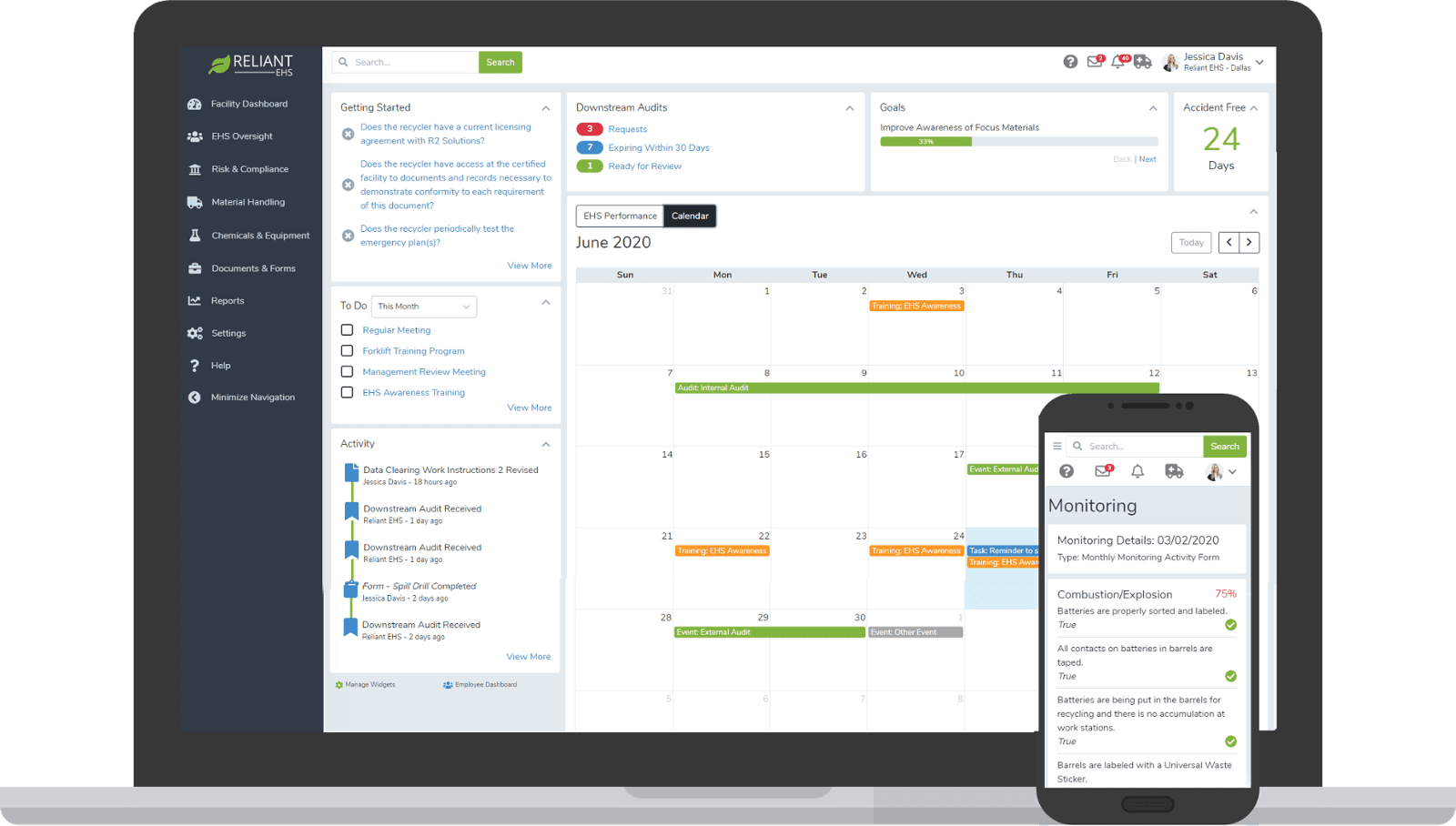The new year is here…how will your company approach EHS initiatives in 2023? What is your vision for the health and safety programs at your company this year? How do you plan to continuously improve? What will you plan to try this year that will move your program and safety culture forward?
As you plan for the year, avoid these common mistakes organizations make:
- Doing the same thing or investing additional resources in trying harder and expecting different results.
- Ignoring culture and viewing productivity as an opposing objective to your EHS initiatives.
- Falling behind the competition by failing to observe industry trends.
- Creating goals based on avoiding failure instead of planning goals that lead to success.
Both of these result in different versions of failed outcomes but, all fail, nonetheless. Here are some tips for planning your 2021 EHS Initiatives that will help set you up for success.
Plan Incremental Improvements
It is often easy to get caught up in thinking about the big changes and pivots that we can make to revolutionize the way we do things in our organizations. The problem with these big changes is that they often either take a considerable amount of time and effort to implement (and even more time to see measurable results and returns) and leave companies putting all of their eggs in one basket so to speak when it comes to their initiatives.

“Stakeholder engagement is a never-ending process. We have to continually earn stakeholders’ confidence. It’s a relationship.”
In order to create a strategy, establish a vision, and craft an actionable plan to improve your EHS initiatives, you will need to gain buy in from stakeholders. This is an area that many EHS Managers struggle with – and ultimately, a lack of buy in causes many well-intentioned projects to fail.
The steps below can help you ensure that you have the support you need to execute your 2021 goals well.
- Identify Your EHS Stakeholders
Make a list of those who will need to support your plan in order for it to have the best chance of succeeding. At a minimum, this should include company leadership and key employees and will likely also extend to department managers, influential customers, and eventually your entire workforce. - Create Your Plan
Think about what you would like to achieve in 2021 and the incremental improvements that you think would create returns for your EHS program. - Plan for Engagement & Craft Your Messaging
Messaging to each group of stakeholders will be different. Think about what is important to each stakeholder type, what they value, and what will be key in their decision-making process.
Here is a practical example. Let’s assume that you are proposing that the company invest resources in EHS technology. Your messaging to stakeholders will focus on what each stakeholder values and may look something like this: - CEO – You present the improvements to customer and shareholder perception that you will achieve by having the ability to create dashboards and annual sustainability and health and safety reports.
- CFO – You present industry data on reduction in accidents and incidents observed by companies who have implemented safety technology and EHS systems and compare that to the OSHA data on the cost of accidents to present the potential financial savings and reduction in liability.
- COO – You present information on improving accessibility to work instructions, job safety information, measuring EHS performance, and reducing the time spent on EHS administrative tasks for both the EHS staff and employees through improved processes and more efficient monitoring.
- Prioritize Stakeholders and Present Your Message
Starting with the stakeholders that you will need approval from and working down your list of stakeholder groups to those that will be influential in implementation, employee engagement, and the success of your plan, present your messages focused on what each stakeholder or stakeholder group values. - Leverage Stakeholder Buy In and Support to Move Forward
As you work through the stakeholder engagement process, you will form ideas of how each stakeholder or group can help you as you implement your initiatives. Go back to stakeholders to involve them in implementing and maintaining the initiatives they supported to ensure continued buy in and to give them visibility into the plan’s success.
Learn from What Other Companies Are Doing
- Implementing EHS Technology (Including EHS Software, Apps, and Smart Devices)
- Shifting Focus from Detection to Prevention
- Increased Retraining of Workers
- Workplace Substance Abuse and Mental Health Programs
- Increasing Company Wide Engagement
Since technology was at the top of the list for many companies, it's worth taking a look at where companies are investing. Companies across the EHS landscape from varying industries are implementing technology faster than ever to improve their EHS performance – OSHA has even stepped up their use of Drones for inspections.
According to a survey by EHS Today, 85% of companies surveyed consider Safety Management Systems (Software) and 64% of companies surveyed consider Mobile Devices relevant to their safety operations. These technologies are becoming a core part of many EHS programs because of their potential to control risks, prevent incidents, and provide immediate on-demand access to key information for workers.
So what safety technologies are companies currently using and what do they plan to use in the future?
Top technologies currently used are Safety Management Systems, Cybersecurity, Mobile Devices, E-Learning and Micro-Learning, and Cloud Technologies.
- Only 2% of companies indicated that they were unlikely to introduce Safety Management Systems
- 95% either currently use or plan to use Safety Management Systems in the coming years.

The top areas where data from Safety Management Systems is being used are:
- To predict workplace injuries
- To monitor and benchmark your safety culture
- To improve compliance
- To tie safety to productivity

Let us show you why EHS managers choose Reliant EHS.
